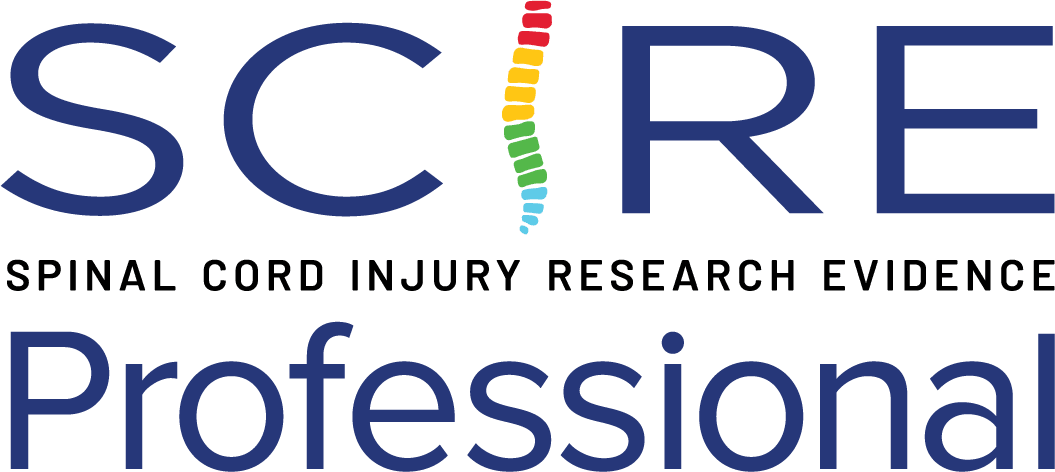Measurement Property Summary
# of studies reporting psychometric properties: 3
Interpretability
Less time = better performance.
MCID: not established in SCI
SEM: not established in SCI
MDC: not established in SCI
Reliability – High
Test-retest reliability is High for the AMWC (ICC > 0.90).
(Cowan et al. 2011; n=50; 42 males, 8 females; paraplegia and tetraplegia; ASIA A-D; mean time since injury 11.8 years)
Validity – High
- Criterion validity is High – able to discriminate between people with paraplegia and people with tetraplegia:
- AMWC+3 ability score presented a better sensitivity compared to AMWC ability score (lower success rate for all subgroups, 38.5% vs. 82.1% for high paraplegia; 49.0% vs. 75.5% for medium paraplegia; 78.9% vs. 94.7% for low paraplegia).
- AMWC+3 total time was significantly lower in low paraplegia compared to medium paraplegia and high paraplegia (139.85 s vs. 242.52 s and 326.21 s, respectively, p≤0.05).
(Ribeiro Neto et al. 2020; n=126; median age 28.9 years; injury level: high paraplegia [HP], medium paraplegia [MP] and low paraplegia [LP]; ASIA A-B; median time since injury 35.3 months, AMWC+3 version)
- Correlation with SCIM-III is High:
- Ability score: rs = 0.74
- Performance score: rs = -0.72
- Total item score: rs = -0.75
- 3-minute wheeling: rs = 0.78
(Ribeiro Neto et al. 2019; n=66; median age 30.6 years; injury level: 22 tetraplegia, 44 paraplegia; median time since injury 30.8 months, Brazilian-Portuguese version)
Responsiveness
No values were reported for the responsiveness of the AMWC for the SCI population.
Floor/Ceiling Effect
- Floor effect: Not observed
- Ceiling effect for the group with paraplegia = 81.8%
- Ceiling effect for the group for tetraplegia = 15.2%
(Ribeiro Neto et al. 2019; n=66; median age 30.6 years; injury level: 22 tetraplegia, 44 paraplegia; median time since injury 30.8 months, Brazilian-Portuguese version)
Reviewers
Dr. William Miller, Dr. Carlos Leonardo Cano-Herrera, Matthew Querée
Date Last Updated
31 December 2024
